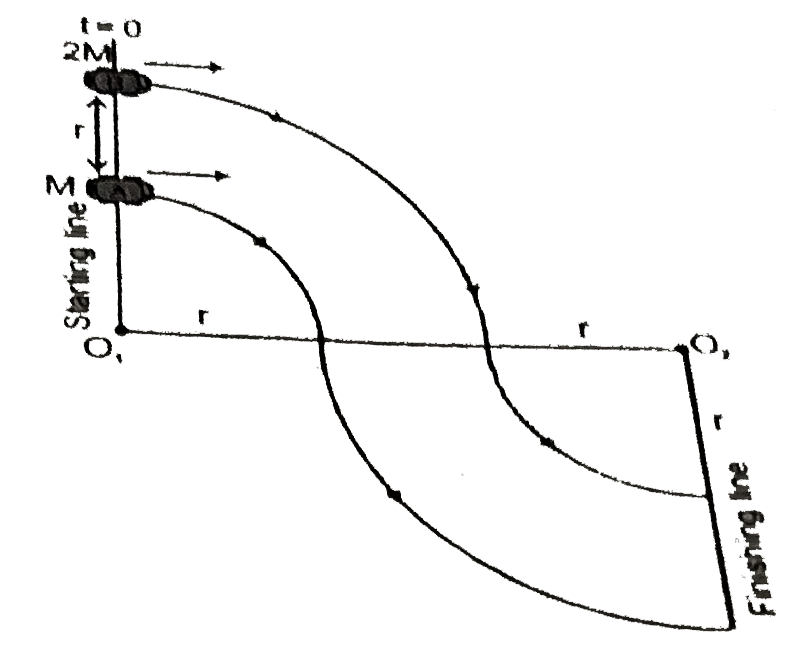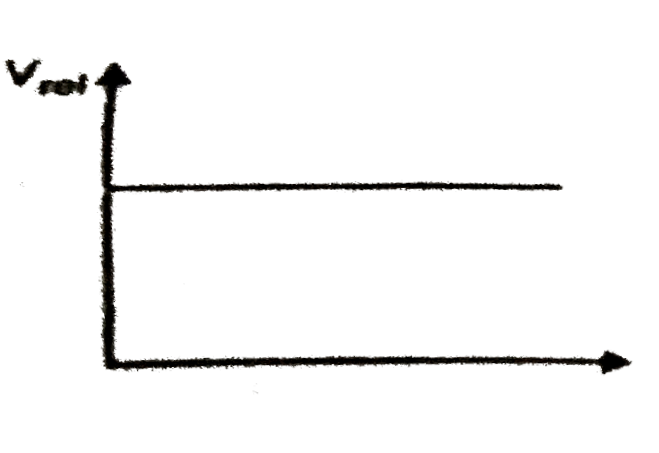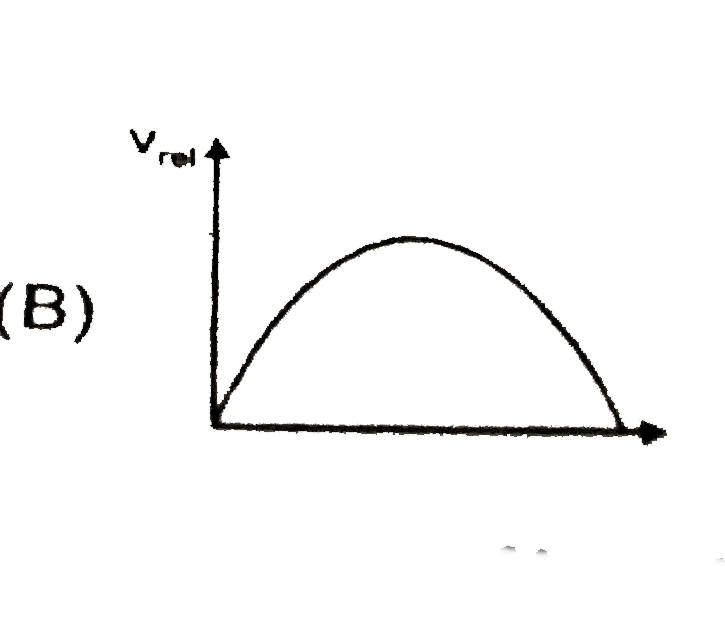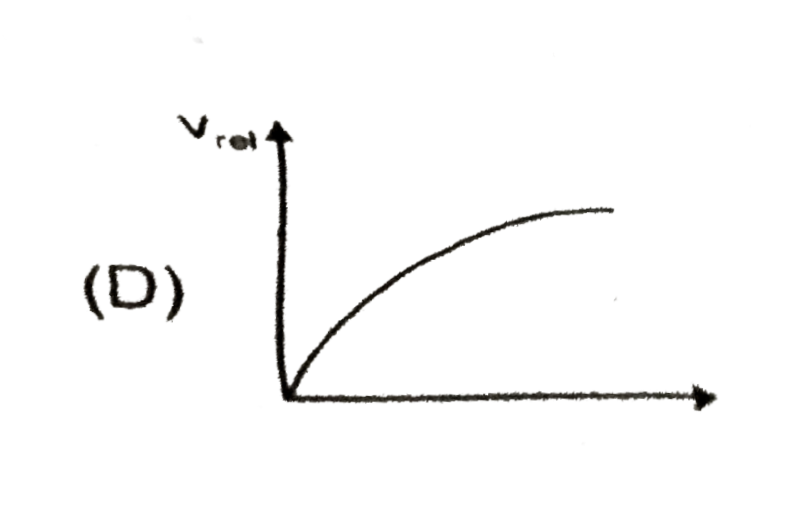In a collision between two cars, which would you expect to be more damaging to the occupants, if the cars collide expect to be more damaging to the occupants, if the cars collide and ramain together, or if the two rebound backward ? Explain.
Step by step video & image solution for In a collision between two cars, which would you expect to be more damaging to the occupants, if the cars collide expect to be more damaging to the occupants, if the cars collide and ramain together, or if the two rebound backward ? Explain. by Physics experts to help you in doubts & scoring excellent marks in Class 11 exams.
Updated on:21/07/2023Topper's Solved these Questions
- LINEAR MOMENTUM & ITS CONSERVATIONBOOK - PHYSICS GALAXY - ASHISH ARORACHAPTER - LINEAR MOMENTUM & ITS CONSERVATIONEXERCISE - Conceptual MCQ s single option correct
30 Videos
- LINEAR MOMENTUM & ITS CONSERVATIONBOOK - PHYSICS GALAXY - ASHISH ARORACHAPTER - LINEAR MOMENTUM & ITS CONSERVATIONEXERCISE - Numerical MCQ s
75 Videos
- LINEAR MOMENTUM & ITS CONSERVATIONBOOK - PHYSICS GALAXY - ASHISH ARORACHAPTER - LINEAR MOMENTUM & ITS CONSERVATIONEXERCISE - Practive Exercise
28 Videos
- KINEMATICSBOOK - PHYSICS GALAXY - ASHISH ARORACHAPTER - KINEMATICSEXERCISE - Unsolved Numerical Pro.
83 Videos
- NEWTONS LAWS OF MOTIONBOOK - PHYSICS GALAXY - ASHISH ARORACHAPTER - NEWTONS LAWS OF MOTIONEXERCISE - Unsolved Numerical Problem
81 Videos
Similar Questions
"Whiplash injury" commonly occurs in a rear-end collision where a front car is hit from behind by a second car. In the 1970s, researches concluded that the injury was due to the occupant's head being whipped back over the top of the seat as the car was slammed forward. As a result of this finding, head restraints were built into cars, yet neck injuries in rarend collisions continued to occur.
In a recent test to study neck injury in rear-end collisions, a volunteer was strapped to a seat that was then moves abruptly to simulate a collision by a rear car moving at 10.5 km/h. Figure 2-15 a gives the accelerations of the volunteer's torso and head during the collision, which began at time t=0. The torso acceleration was delayed by 40 ms because during that time interval the seat back had to compress against hte volunteer. The head acceleration was delayed by an aditional 70 ms. What was the torso when the head began to accelerate ?
View SolutionWould you expect benzaldehyde to be more reactive or less reactive in nucleophilic addition reactions than propanal? Explain your answer.
View Solution
Knowledge Check
Collision is a physical process in which two or more objects, either particle masses or rigid bodies, experience very high force of interaction for a very small duration. It is not essential for the objects to physically touch each other for collision to occur. Irrespective of the nature of interactive force and the nature of colliding bodies, Newton's second law holds good on the system. Hence, momentum of the system before and after the collision remains conserved if no appreciable external force acts on the system during collision.
The amount of energy loss during collision, if at all, is indeed dependent on the nature of colliding objects. The energy loss is observed to be maximum when objects stick together after collision. The terminology is to define collision as 'elastic' if no energy loss takes place and to define collision as 'plastic' for maximum energy loss. The behaviour of system after collision depends on the position of colliding objects as well. A unidirectional motion of colliding objects before collision can turn into two dimensional after collision if the line joining the centre of mass of the two colliding objects is not parallel to the direction of velocity of each particle before collision. Such type of collision is referred to as oblique collision which may be either two or three dimensional.
For which of the following collisions, the external force acting on the system during collision is not appreciable as mentioned in paragraph 1.AA ball striking a rigid wall (consider ball as system)BA 5kg mass thrown vertically up exploding during its motion (5kg mass is the system).CA particle hitting a rigid bar of length L lying on a frictionless surface (consider rigid bar as the system).DTwo particles moving towards each other due to gravitational attraction and hitting each other (consider ally particle as system).Collision is a physical process in which two or more objects, either particle masses or rigid bodies, experience very high force of interaction for a very small duration. It is not essential for the objects to physically touch each other for collision to occur. Irrespective of the nature of interactive force and the nature of colliding bodies, Newton's second law holds good on the system. Hence, momentum of the system before and after the collision remains conserved if no appreciable external force acts on the system during collision.
The amount of energy loss during collision, if at all, is indeed dependent on the nature of colliding objects. The energy loss is observed to be maximum when objects stick together after collision. The terminology is to define collision as 'elastic' if no energy loss takes place and to define collision as 'plastic' for maximum energy loss. The behaviour of system after collision depends on the position of colliding objects as well. A unidirectional motion of colliding objects before collision can turn into two dimensional after collision if the line joining the centre of mass of the two colliding objects is not parallel to the direction of velocity of each particle before collision. Such type of collision is referred to as oblique collision which may be either two or three dimensional.
For which of the following collisions, the external force acting on the system during collision is not appreciable as mentioned in paragraph 1.AA ball striking a rigid thrown wall ( consider ball as system ).BA 5 kg mass thrown vertically up exploding during its motion ( 5 kg mass is to system ).CA particle hitting a rigid bar of length L lying on frictionless surface ( consider ridig bar as the system ) .DTwo particles moving towards each other due to gravitational attraction and hitting each other ( consider any particle as system ).Two racing cars 'A' and 'B' having masses 'M' and '2m' respectively start running from the starting line on a horizontal plane.Both cars 'A' and B' have same speed 'V' which is constant through out the journey. The track of the two cars are the arcs of concentric circle having centres O1 and O2 as shwon in figure with data. The friction coefficient of the two cars with the road is same. There is a finishing line at the end of the arc. Using these informations solve the following questions.

Graph between the magnitude of relative velocity of the two car and time is :A B
B C
C D
D
Would you expect benzaldehyde to be more reactive or less reactive in nucleophilic addition reactions than propanal? Explain your answer.
View SolutionIf the molecules were not allowed to collide among themselves, would you expect more evaporation or less evapration?
View SolutionWould you expect benzaldehyde to be more reactive or less reactive in nucleophilic addition reactions than propanal? Explain your answer.
View SolutionTwo bodies make an elastic head on colision on a smooth horizontal table kept in a car.Do you expect a change in the result if the car is accelerated on a horizontal road because of the noninertial character of the frame? Does the equation velocityof separation = velocity of approach remain valid in n accelerating car? Does the equation final momentum =initial momentum remain valid in the accelerating car?
View SolutionWhich of the following two elements in the periodic table are expected to combine in the most violent fashion?
View Solution
